
If you're interested in DIY desktop centralized power distribution boards, you might want to check out this article.
The circuit diagram of this desktop centralized power distribution board is shown in the figure below:
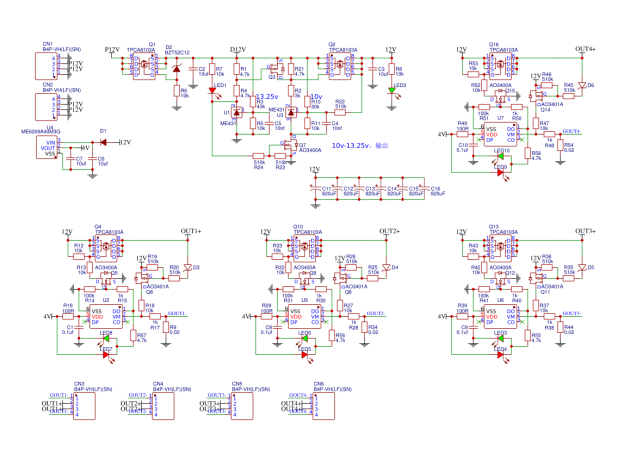
The PCB looks like this:
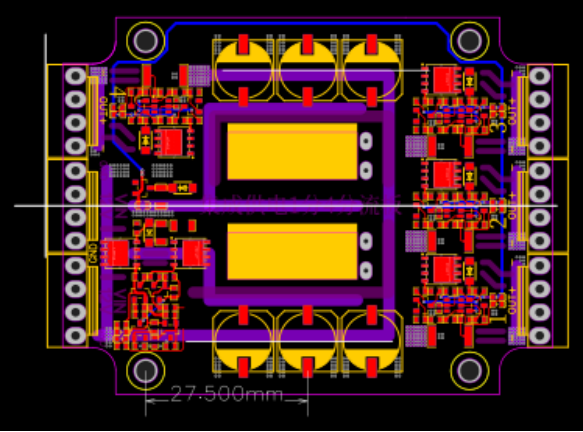
This desktop centralized power distribution board takes a 12V input and can prevent reverse connection. (For other voltages, calculate the voltage divider resistors yourself, up to a maximum of 24V.) It allows an input of 10–13V and cuts off if the voltage goes below or above this range. It has four power output channels, preset to 3.2A for three channels and 4A for one channel. If the output exceeds the set current, the board will cut off that channel and also has short-circuit protection. After an overcurrent or short-circuit, the output remains off until the connected load is removed or the power output is reconnected. One channel also supports a 3A load, while another channel will momentarily pull down the main power if short-circuited, lasting about 2ms.
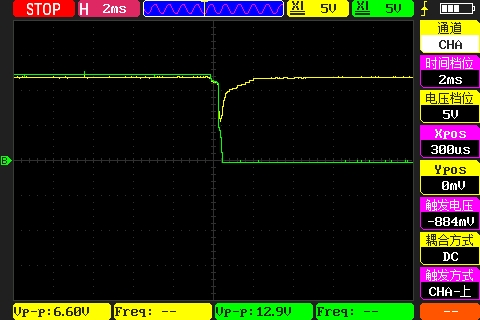
Using a large power supply for centralized power is great because it's powerful, but if there's a short circuit, it can be risky. Now it's safe—you don't need to worry about shorts anymore. If a short happens accidentally, the board can recover immediately. This means you can safely connect all your peripheral devices to this big power supply.
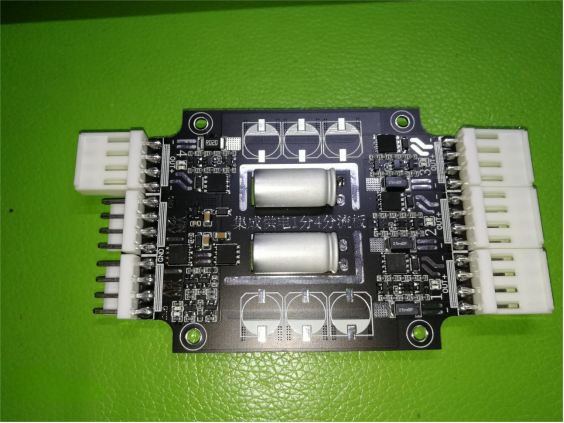
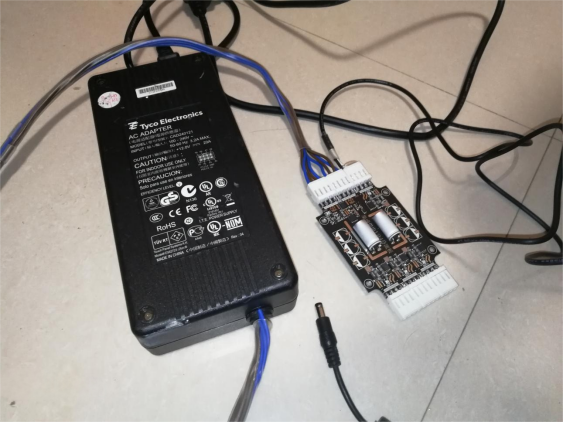
Finished!




